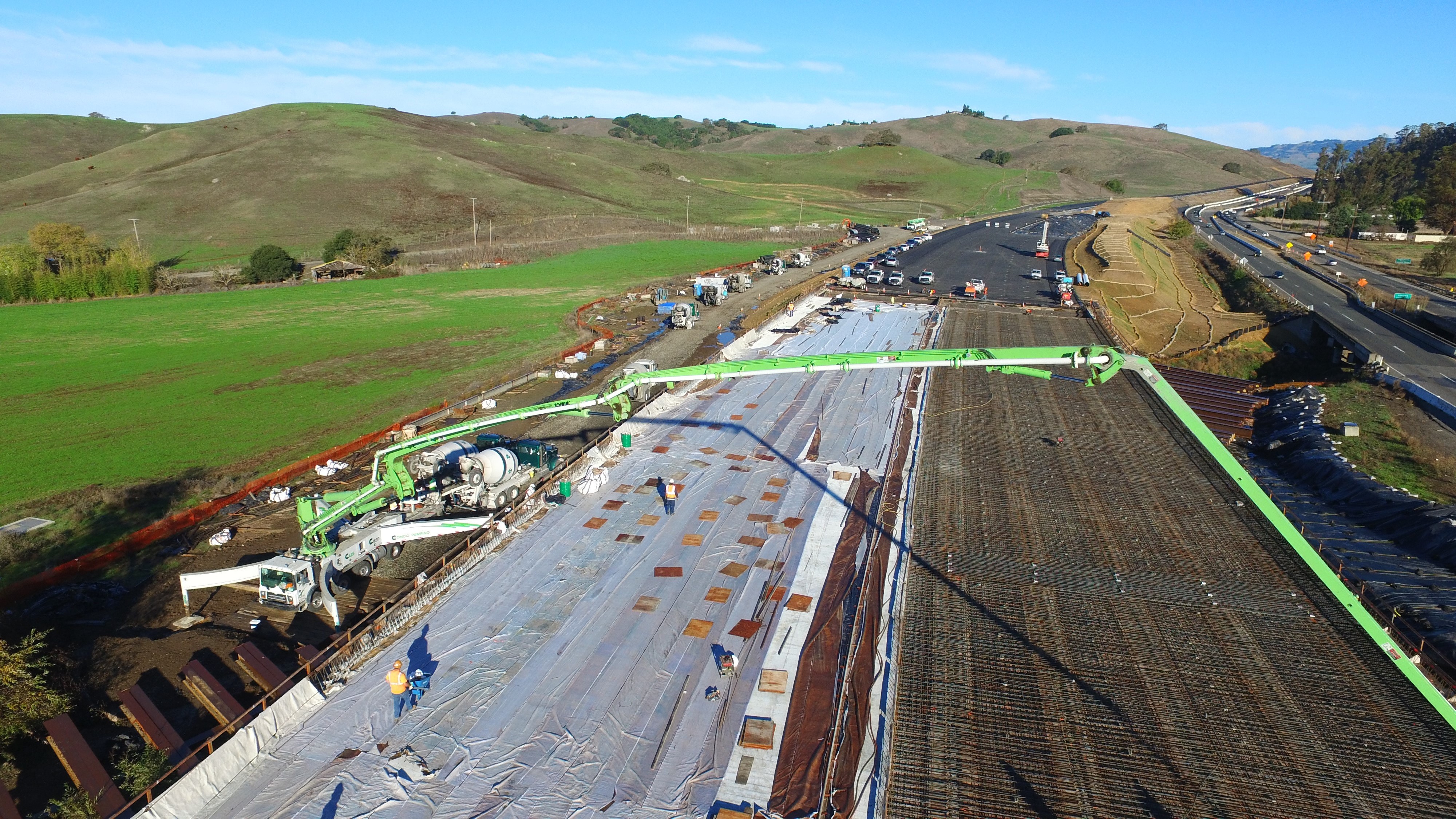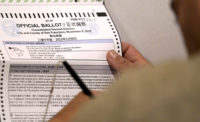While voters in California passed Proposition 25, which allows for a simple majority vote to pass the state budget rather than the two-thirds requirement that has caused lengthy delays in the past (and delayed payments to contractors on public projects), other results from last Tuesday will also have an impact on A/E/C businesses.
Voters in San Diego County overwhelmingly approved a ban on project labor agreements at the county government level. Close to 76% of the voters approved Measure A, the Fair-Open Competition amendment to the county's charter.
It�s the third win in a row for the local chapter of the Associated Builders and Contractors, which has engaged in a vocal campaign to end agreements as they are proposed. Voters have also rejected PLAs in the cities of Oceanside and Vista within the county.
The ban is also the eighth approved in California, and the ABC says it will continue to fight PLAs at the local government level in the Golden State.
�Proposition A�s passage is another win for the principles of free and open competition, and clear evidence that citizens want to keep politicians accountable by ending wasteful crony contracting PLA schemes,� says ABC San Diego chapter president Scott Crosby.
He and other backers of the ballot measure argued that PLAs drive up costs on public construction projects by requiring non-union contractors to adhere to costly rules and regulations, including paying union wages to their workers. Nonunion contractors are sometimes forced to hire from union halls under the agreements.
A spokesperson for the San Diego Labor Council says PLAs ensure that hard-fought protections won for construction workers will remain in place.
The local ABC chapter has been locked in a bitter battle with the San Diego city school board, which has adopted a PLA for $3 billion in bond money to be spent for repairs and renovations to school buildings and property. Crosby and others argue that the PLA drives up the cost of individual projects, which is not what taxpayers intended when they approved the bond several years ago.
�There is definitely a lot of interest in putting similar measures on the ballot in other parts of the country,� says Cosby. He says the local chapter of the ABC has been getting calls from sister chapters, as well as other pro-business, anti-labor organizations. �Everyone�s been very supportive.�
Meanwhile, California voters sided 61% to 31% with supporters of the state�s AB32 Greenhouse Gas Reduction Initiative by defeating the refiner-supported Proposition 23. The initiative would have suspended the requirements until the state�s unemployment � which is hovering around 12% - stays below 5.5% for four straight quarters.
The decision maintains reduction requirements that could require millions of dollars for new filtering equipment to bring greenhouse gas emissions to 1990 levels by 2020, according to Prop 23 supporters. Texas-based Tesoro and Valero Energy joined with Kansas-based Flint Hills Resources to contribute $6.5 million to convince voters to hold off indefinitely on enforcing new clean air requirements.
California utilities have already spent millions to work toward targets and many opposed the measure. San Francisco-based Pacific Gas & Electric came out against the measure early, planned to continue work on a 500-MW solar initiative regardless of the outcome of the measure. The investor-owned company has already spent $1 billion on energy efficiency programs.
�Had Proposition 23 passed, we would have looked at working with all stakeholders to develop common guidelines going forward,� says spokeswoman Cynthia Pollard. �Regulatory uncertainty is a huge concern and a level playing field is important.�
Also opposed was Oakland-based Brightsource Energy, which is building a 900-MW solar installation in the Mojave, and Carlsbad-based Enviance Inc., which provides Internet-based greenhouse gas monitoring technology. Enviance CEO Larry Goldenhersh predicted the overwhelming mandate from California voters could lead to similar measures, including capping and trading carbon emission permits nationwide.
�Releasing carbon will pose a cost at some point,� Goldenhersh says.
California voters overwhelmingly agreed to build a fence around millions in local redevelopment and transportation infrastructure funds by passing Proposition 22. The measure closed a number of loopholes to block the state�s ability to borrow funds from redevelopment, transportation or local government projects and services to pay for other state expenses.
During recent budget crisis years, the state loaned some $2 billion, about 15% of redevelopment funds, to school districts. Redevelopment funds come from tax increment funds in designated blighted areas to build affordable housing, infrastructure and renovate commercial areas.
The measure would also eliminate the ability of legislators to use fuel tax revenues to pay debt service on state transportation bonds instead of distributing the funds to local governments for road projects. The Legislative Analyst Office estimates this could mean a $1 billion shift that would increase the amount of money available for local road and rail maintenance, but reduce the amount available for statewide programs.
California Redevelopment Association and California Transit Association supported the measure.
Finally, election results nationally inspired a now-routine response from construction officials: Regardless of party affiliation, pass a Surface Transportation Bill to get American workers back to work.
Terry O�Sullivan, general president of LIUNA, says that with nearly one in five workers in the construction industry jobless (numbering 1.5 million), Congress is still playing politics with job creation �while nations such as China invest nearly 10% of their gross domestic product in super-highways, bullet trains and other fundamental, critical infrastructure.� He adds that U.S. investment in infrastructure has dropped below 2%.
�In today�s America, 27% of our bridges are substandard, a third of our roadways are in poor or mediocre condition,� he says. �Nearly 2,000 dams are high-hazard, threatening loss of life and property. Each year, billions of gallons of clean drinking water are lost due to deteriorating pipes and billions of gallons of sewage over-flows into clean water. Our school facilities and other public buildings are aging and our electrical systems have lost efficiency.
�Our nation�s ability to compete is at stake while hundreds of thousands of workers who want to build our country sit idle.�


